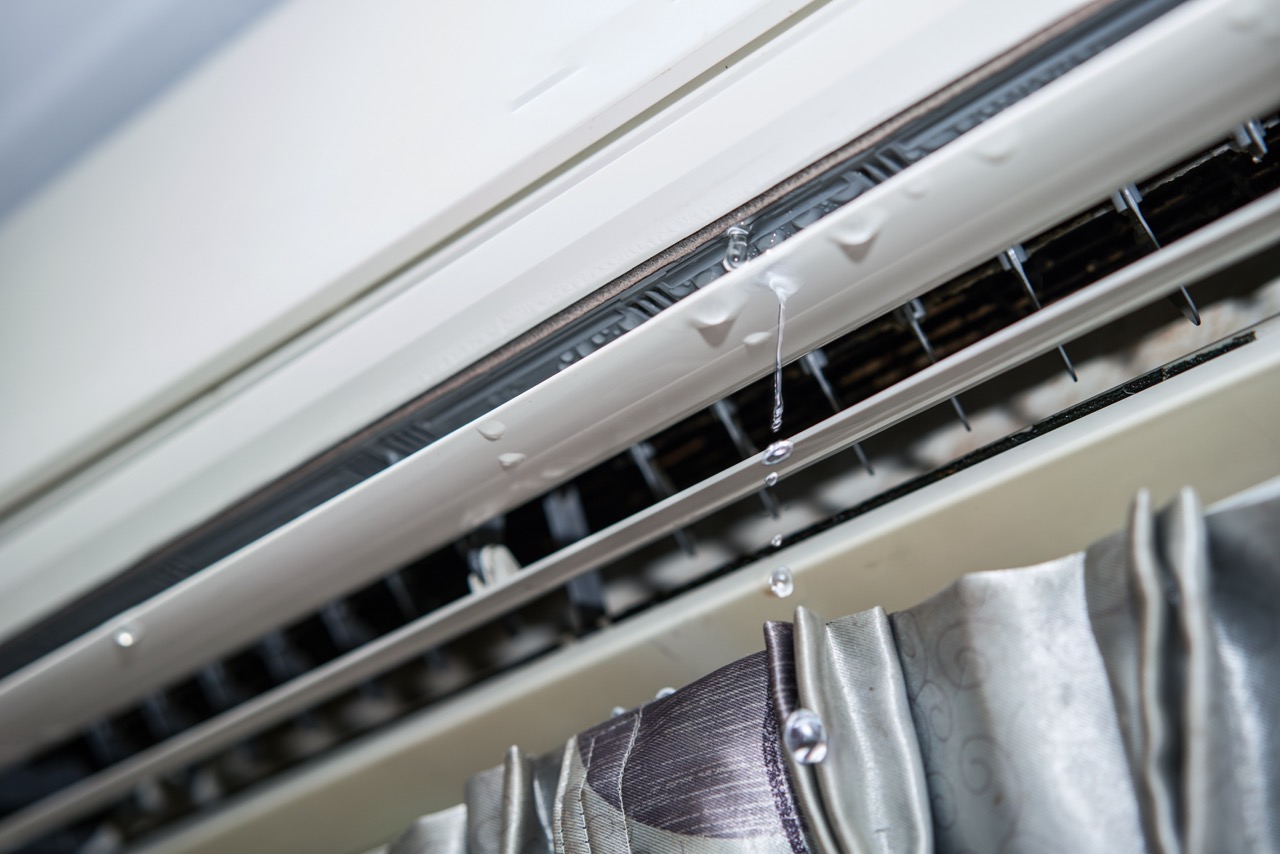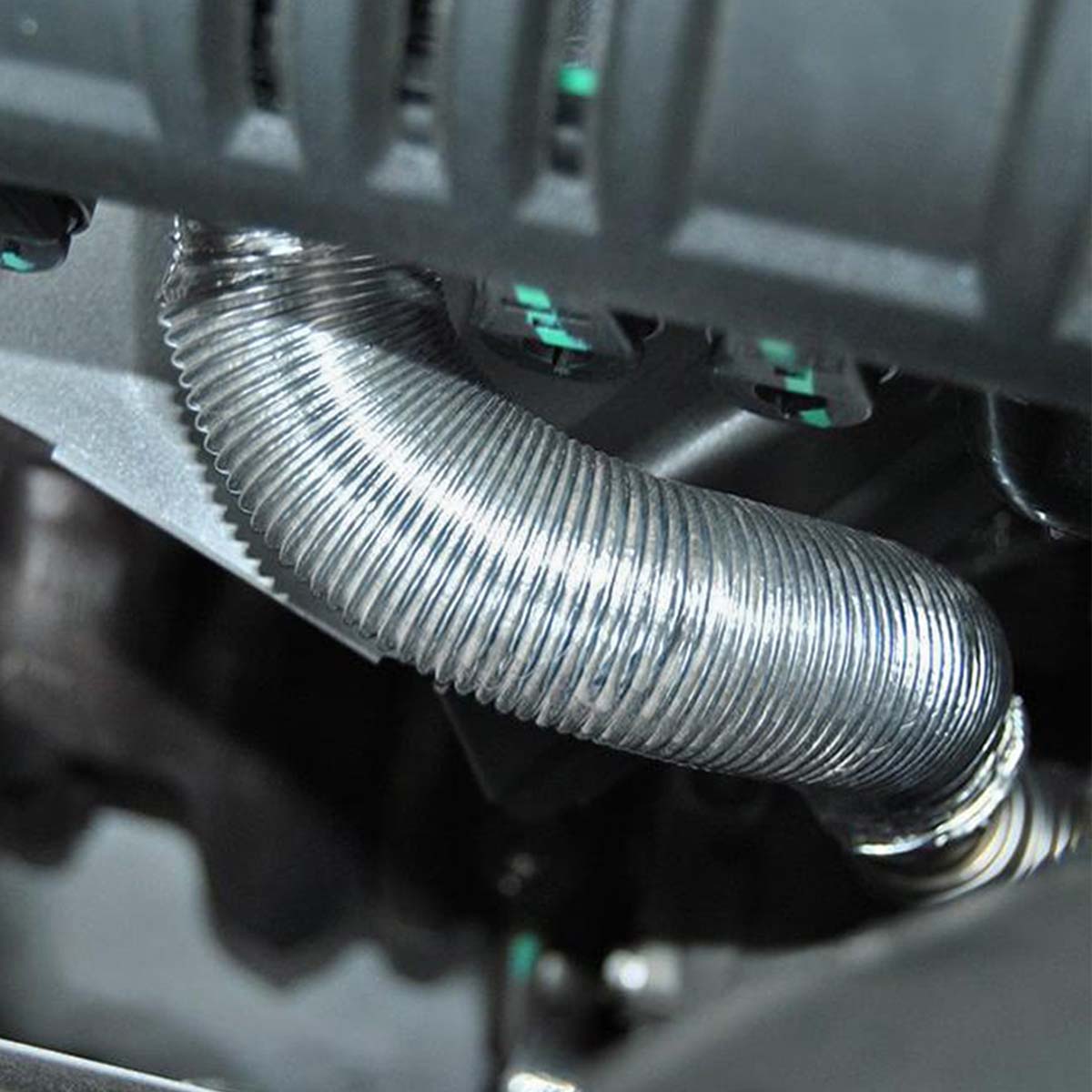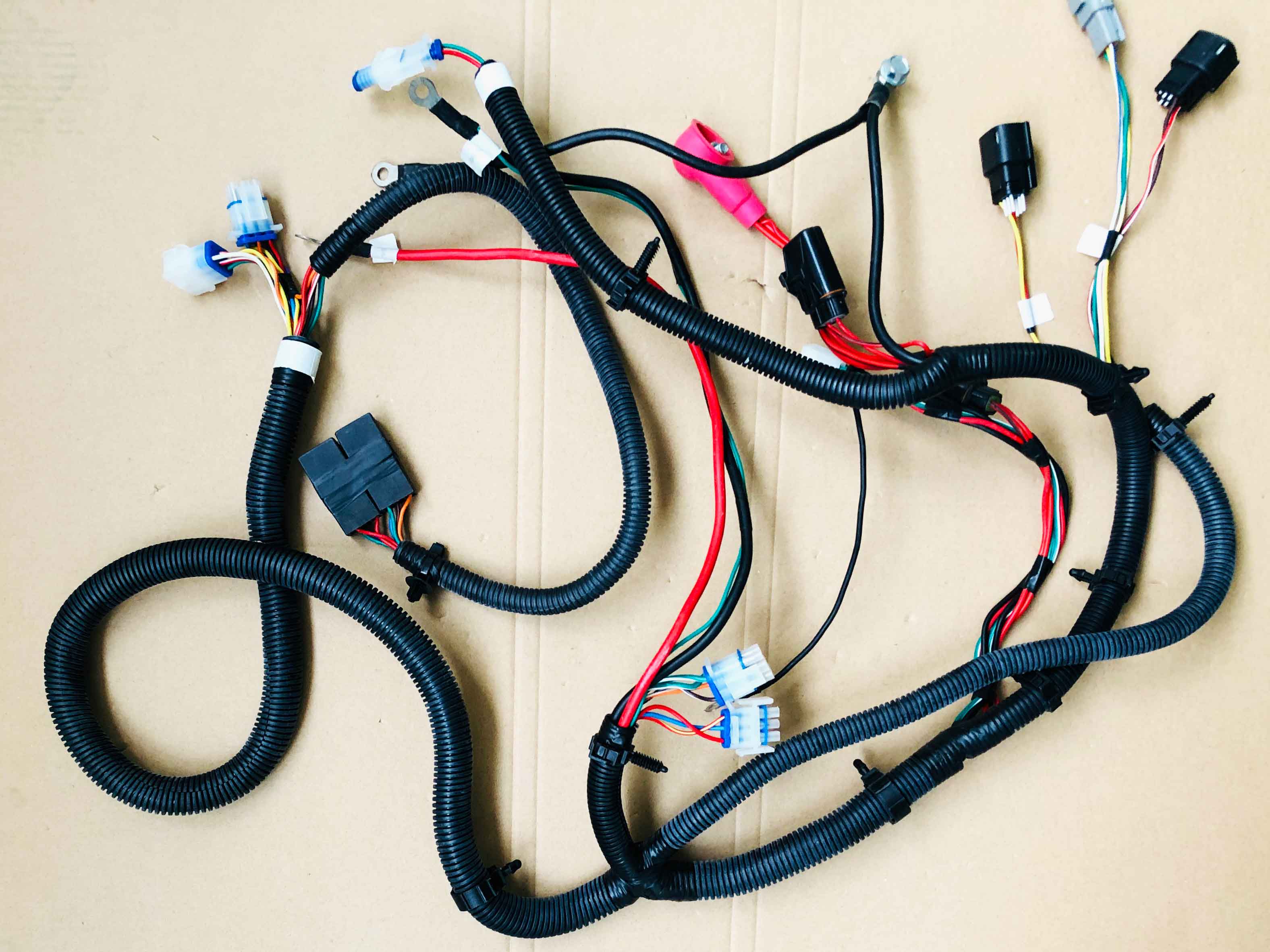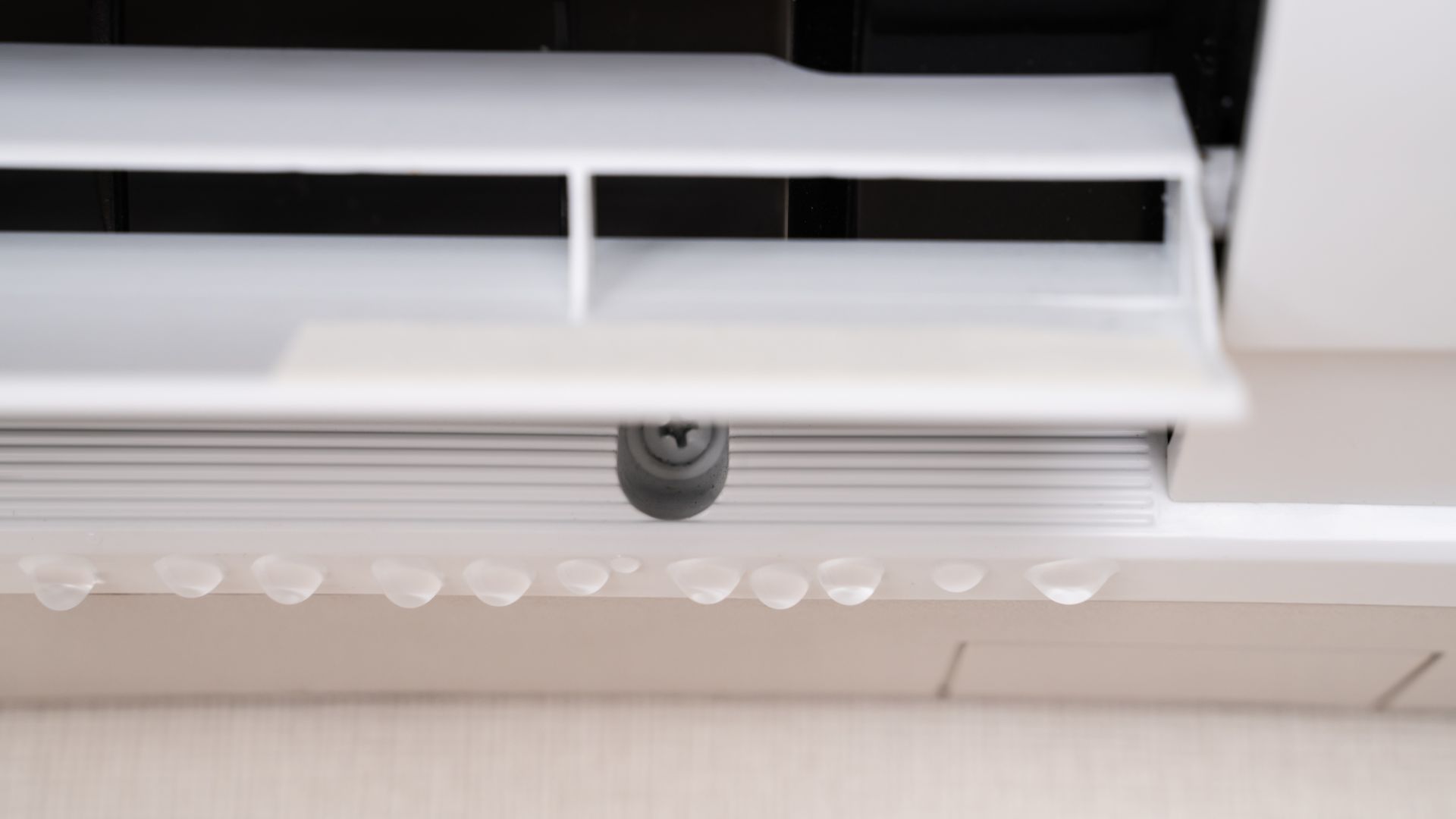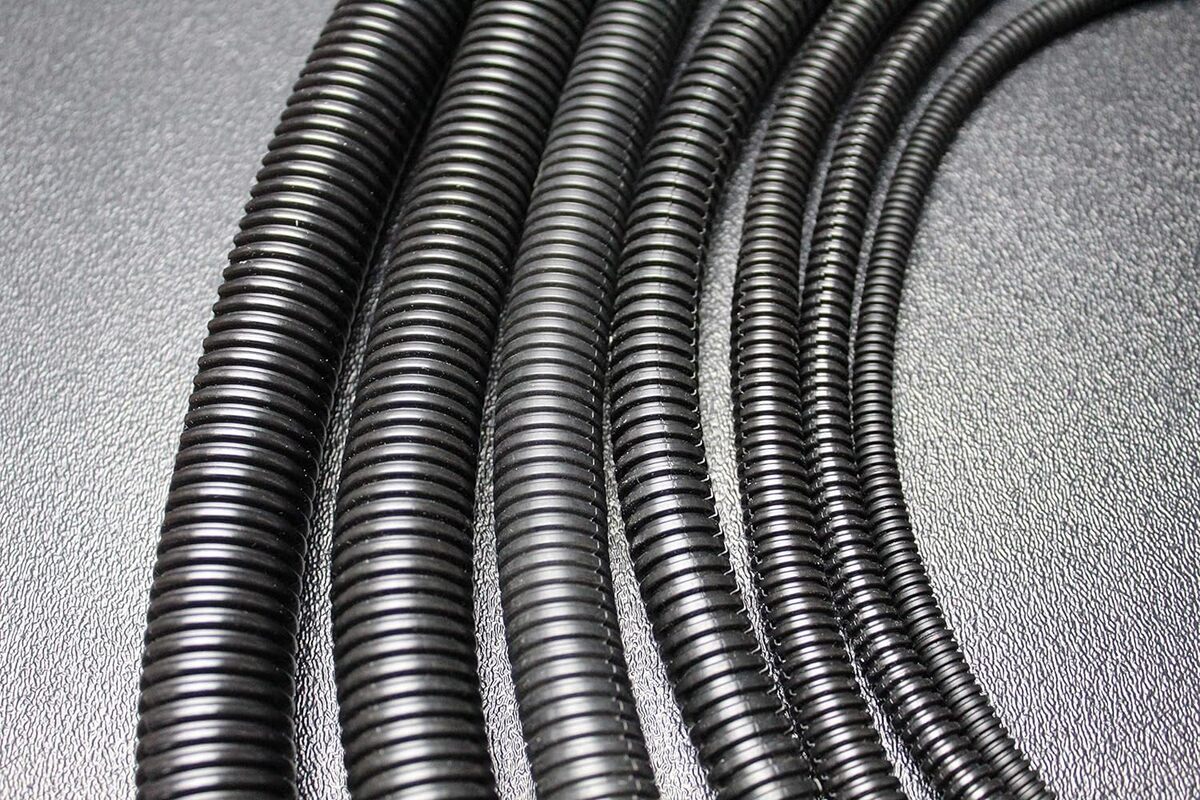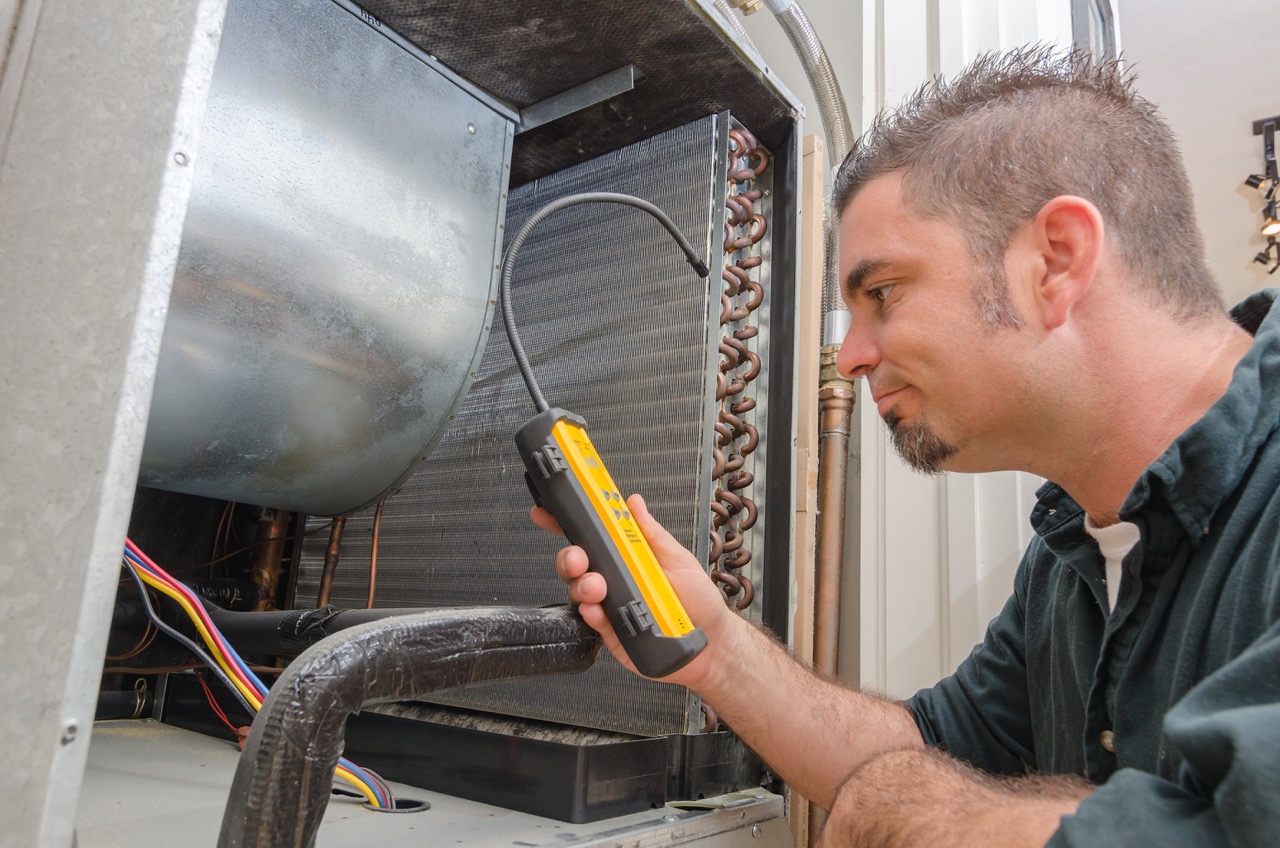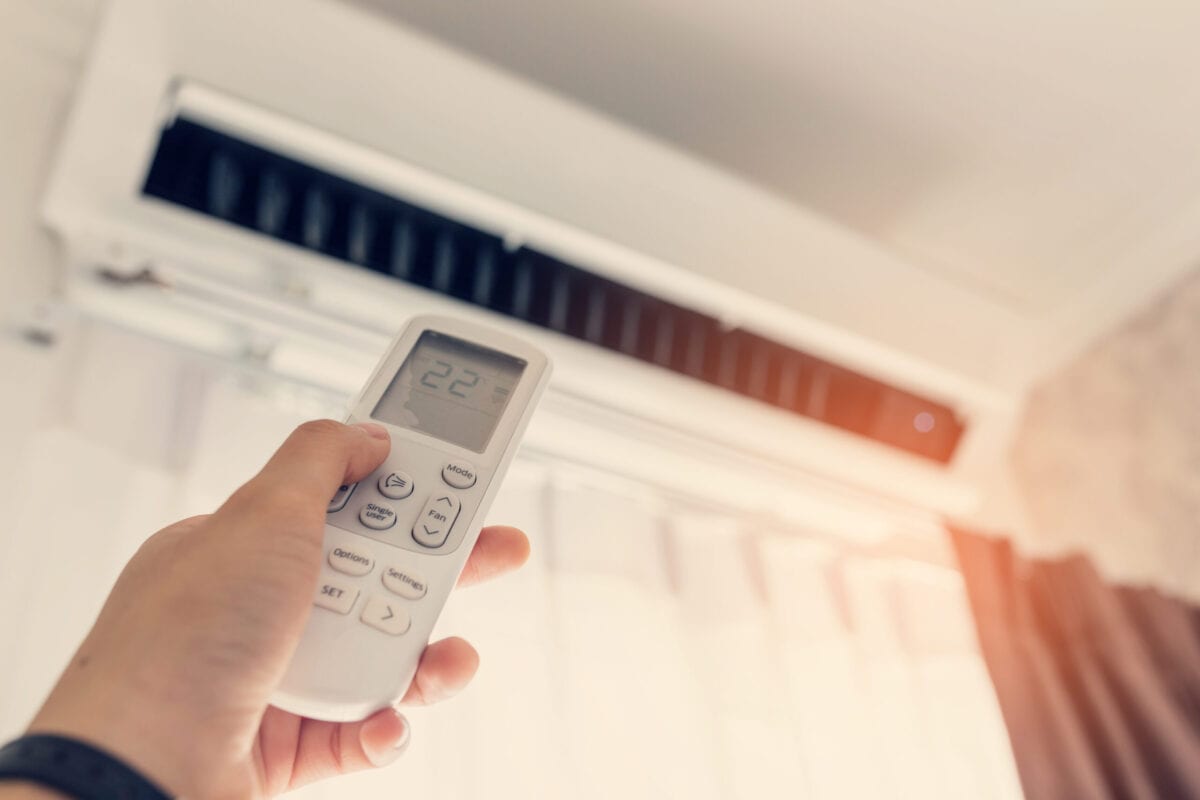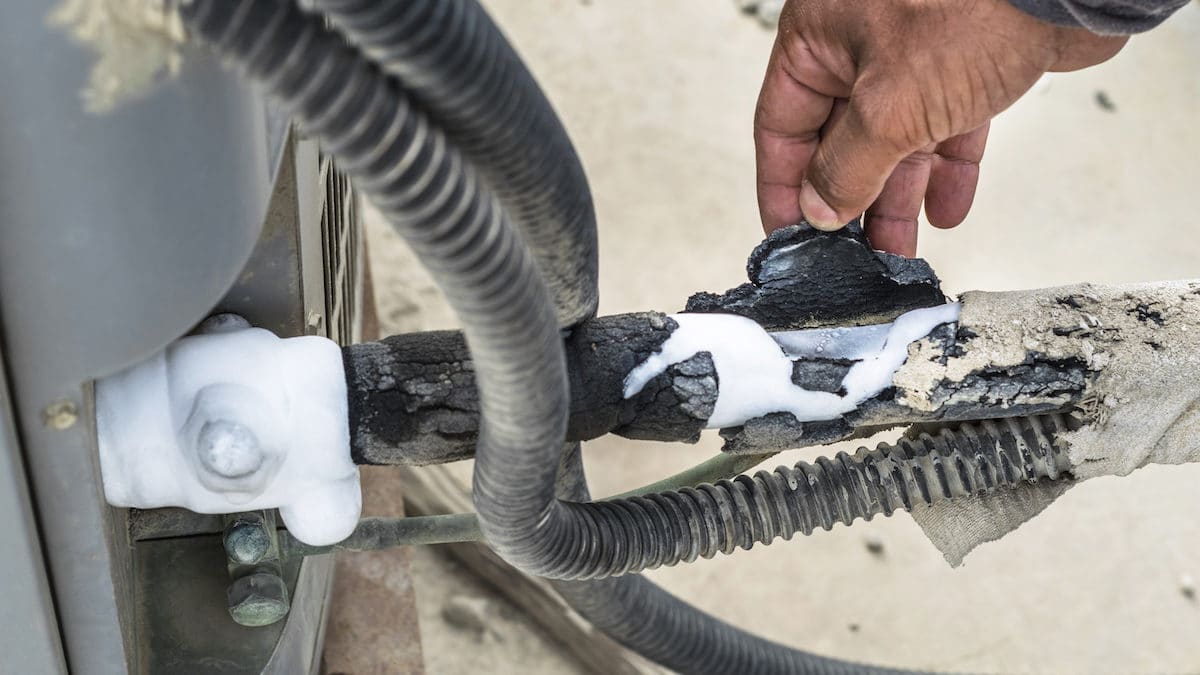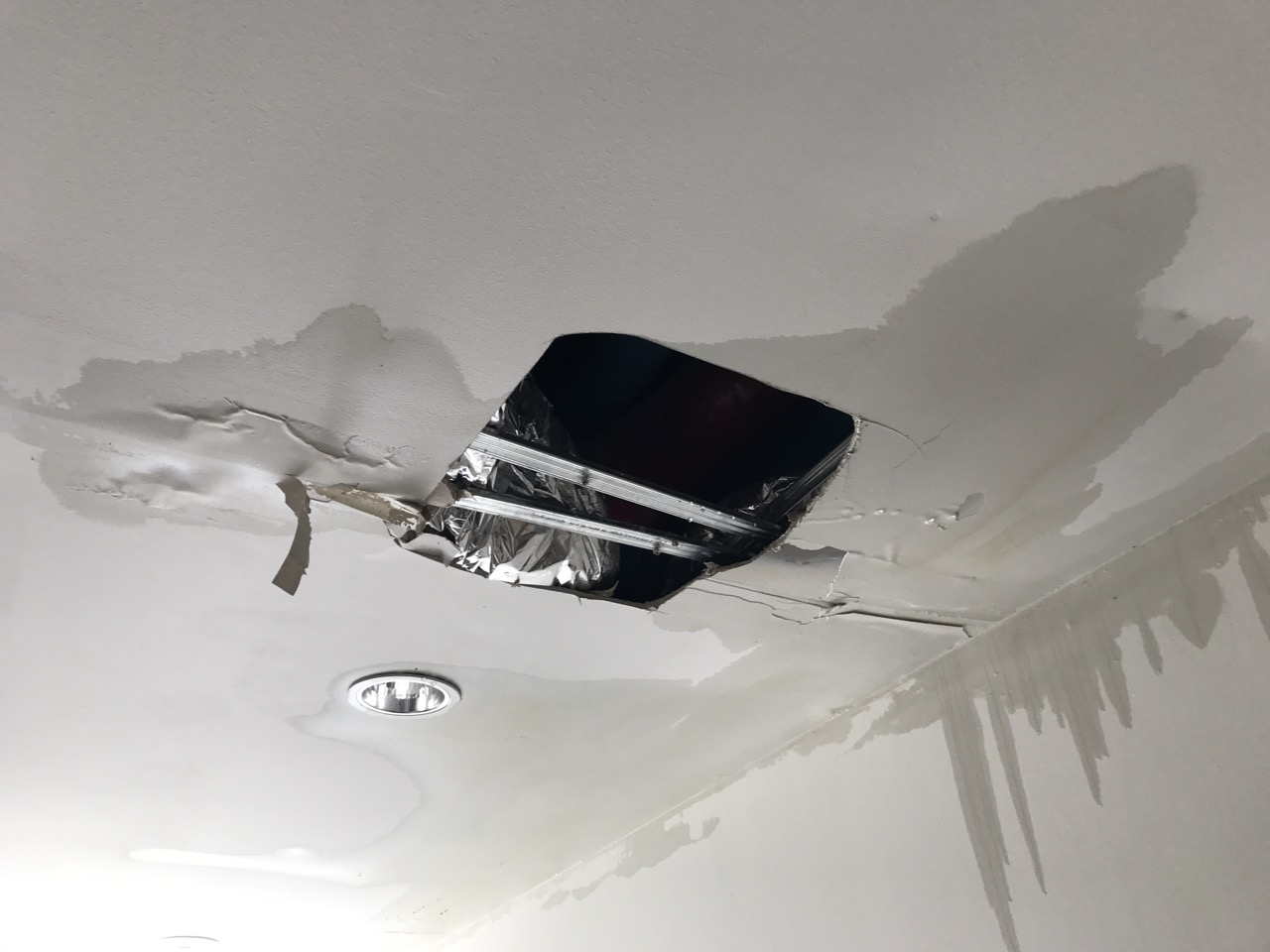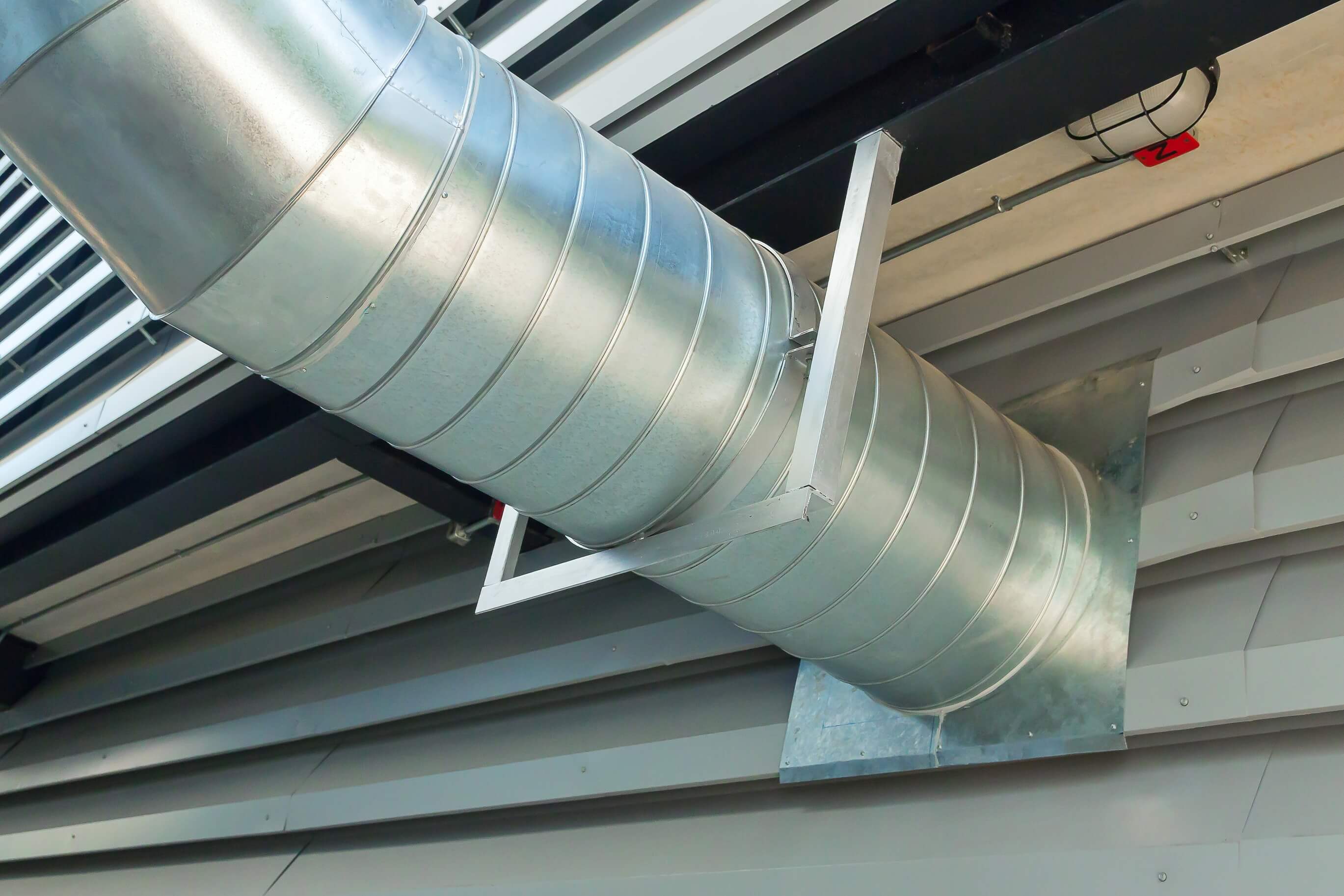Home>Home Maintenance>When A Leak Is Found In An Automotive Air Conditioning System
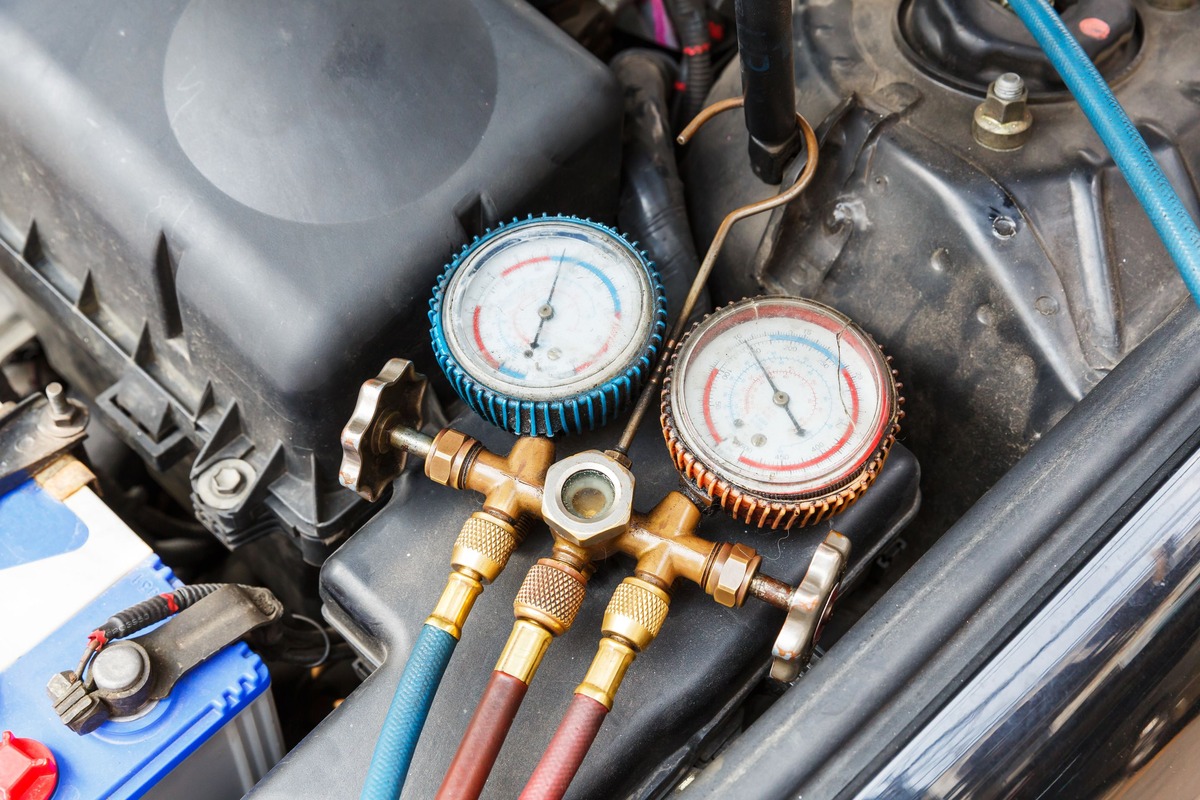

Home Maintenance
When A Leak Is Found In An Automotive Air Conditioning System
Modified: March 6, 2024
Learn how to identify and fix leaks in your automotive air conditioning system with our comprehensive guide. Ensure your home maintenance includes proper AC maintenance.
(Many of the links in this article redirect to a specific reviewed product. Your purchase of these products through affiliate links helps to generate commission for Storables.com, at no extra cost. Learn more)
Introduction
Automotive air conditioning systems are a crucial component of modern vehicles, ensuring comfort and convenience during hot summer days. However, a common issue that can arise with these systems is the occurrence of leaks. A leak in the air conditioning system not only compromises the performance of the system but can also lead to potential damage to other components of the vehicle. Therefore, it is important for car owners to be aware of the signs of a leak and know how to address this issue effectively.
Understanding the basics of automotive air conditioning systems can help in identifying and resolving leaks promptly. In this article, we will explore the causes of leaks in automotive air conditioning systems, how to detect and repair them, and preventive measures to maintain the integrity of the system.
Key Takeaways:
- Don’t ignore signs of a leak in your car’s air conditioning system, such as reduced cooling, hissing sounds, or visible leaks. Prompt detection and repair can prevent further damage and costly repairs.
- Regular maintenance, prompt attention to issues, and professional inspections can prevent leaks in your car’s air conditioning system. Keep it clean, avoid overuse, and protect the condenser for long-term efficiency.
Understanding Automotive Air Conditioning Systems
Before we dive into the details of leaks and their repairs, let’s gain a basic understanding of how automotive air conditioning systems work. These systems consist of several essential components that work together to cool and control the temperature inside a vehicle.
The heart of the air conditioning system is the compressor, which is driven by the engine. The compressor’s main function is to circulate refrigerant gas throughout the system. The refrigerant, often a type of Freon, absorbs heat from the interior of the car and releases it outside, cooling down the cabin. As the refrigerant circulates, it passes through different components, including the condenser, evaporator, and expansion valve.
The condenser, located at the front of the vehicle, acts as a heat exchanger. It receives the hot refrigerant gas from the compressor and cools it down using the airflow from the vehicle’s front grille. This process transforms the refrigerant gas into a high-pressure liquid state.
From the condenser, the refrigerant flows into the evaporator, which is typically located inside the vehicle’s dashboard. The evaporator helps to convert the liquid refrigerant into a gas, absorbing heat from the cabin in the process. The cool air created by the evaporator is then blown into the cabin through the vents, providing the desired cooling effect.
To control the flow of refrigerant, the expansion valve is installed between the condenser and evaporator. It regulates the amount of refrigerant flowing into the evaporator, ensuring an optimal cooling cycle.
Overall, automotive air conditioning systems utilize a continuous cycle of compressing, cooling, expanding, and evaporating refrigerant to maintain comfortable cabin temperatures. Understanding these components and their roles is vital in identifying and addressing potential issues, such as leaks, effectively.
Signs of a Leak in an Automotive Air Conditioning System
Detecting a leak in an automotive air conditioning system is crucial to prevent further damage and costly repairs. Here are some common signs that indicate a possible leak in the system:
1. Reduced Cooling Performance: One of the first signs of a leak is a decrease in the cooling performance of the air conditioning system. If you notice that the air blowing from the vents is not as cold as usual or takes longer to cool down the cabin, it could be an indication of a refrigerant leak.
2. Frequent Cycling: Another symptom of a leak is when the air conditioning system cycles on and off more frequently than usual. This is because the refrigerant level is not sufficient to maintain a consistent cooling cycle, causing the system to work harder and longer to achieve the desired temperature.
3. Audible Hissing Sound: If you hear a hissing sound coming from the air conditioning system when it is turned on, it could be a sign of a leak. The sound indicates that the refrigerant is escaping through a small hole or crack in the system, causing a loss of pressure.
4. Visible Leaks: In some cases, you may notice visible signs of leakage, such as oily spots or puddles underneath the vehicle, particularly near the air conditioning components. These spots are often caused by refrigerant leaks and should be addressed promptly to prevent further damage.
5. Unpleasant Odor: A leak in the air conditioning system can result in mold or mildew growth, leading to a foul odor when the system is turned on. If you notice a musty or unpleasant smell coming from the vents, it is advisable to have the system inspected for potential leaks.
If you experience any of these signs, it is essential to have your automotive air conditioning system inspected by a qualified technician. They can conduct a thorough diagnosis to determine the source of the leak and recommend appropriate repairs.
Causes of Leaks in Automotive Air Conditioning Systems
Leakage in automotive air conditioning systems can be caused by various factors. Understanding these causes can help in preventing and addressing leaks effectively. Here are some common reasons why leaks may occur:
1. Wear and Tear: Over time, the seals and gaskets in the air conditioning system can deteriorate due to age and usage. This deterioration can lead to small cracks or gaps, allowing refrigerant to leak out.
2. Damage: Any physical damage to the system, such as accidents or road debris hitting the components, can result in leaks. The impact can cause punctures or fractures in the condenser, evaporator, or other components, leading to refrigerant leakage.
3. Corrosion: Corrosion is a common issue in automotive air conditioning systems, especially in older vehicles or those driven in harsh environments. Corrosion can weaken the metal components of the system, causing leaks to occur.
4. Improper Installation: In some cases, leaks can be traced back to improper installation or maintenance. If the system was not installed correctly or if components were not tightened or sealed properly, leaks can develop over time.
5. Refrigerant Line Damage: The refrigerant lines that connect the different components of the air conditioning system can be susceptible to damage, especially if they are exposed or located in vulnerable areas. Any damage to these lines can result in refrigerant leaks.
6. Contaminated Refrigerant: If the air conditioning system is charged with contaminated refrigerant, such as one mixed with air or moisture, it can lead to chemical reactions or damage to the components. This can cause leaks to occur.
It is important to note that leaks in automotive air conditioning systems should not be ignored or overlooked. Apart from the loss of cooling performance, leaks can cause damage to other components and result in costly repairs if left unaddressed.
When a leak is suspected, it is best to consult a qualified technician or mechanic who specializes in automotive air conditioning systems. They have the expertise and tools to identify and repair leaks effectively, ensuring the optimal performance and longevity of the system.
Tip: When a leak is found in an automotive air conditioning system, it’s important to have it repaired by a professional to prevent further damage and ensure the system works efficiently. Regular maintenance can help prevent leaks.
Detecting a Leak in an Automotive Air Conditioning System
Detecting a leak in an automotive air conditioning system requires careful observation and the use of specialized tools. Here are some methods commonly used to identify leaks in the system:
1. UV Dye: UV dye is a fluorescent substance that is added to the air conditioning system. When there is a leak, the UV dye escapes with the refrigerant and leaves behind a visible trail. Using an ultraviolet (UV) light, technicians can easily spot the dye and locate the source of the leak.
2. Electronic Leak Detectors: These handheld devices are designed to detect refrigerant leaks by sensing the presence of the refrigerant gas. When the detector comes close to a leak, it emits an audible signal or displays a visual indication to pinpoint the location of the leak.
3. Dye Injection: Similar to UV dye, a fluorescent dye can be injected into the air conditioning system. This dye flows along with the refrigerant and can be detected using UV light. It provides a clear visual indication of the leak, making it easier to locate and repair.
4. Pressure Testing: A pressure test involves introducing a controlled amount of air or nitrogen into the system to elevate the pressure. Technicians then inspect the system for any drop in pressure, which would indicate a leak. Pressure testing can help identify leaks in various components, including hoses, fittings, and connections.
5. Visual Inspection: A thorough visual inspection can provide valuable clues about potential leaks. Technicians examine the air conditioning components, looking for signs of oil residue, oily spots, or physical damage that may indicate a leak. Additionally, they check for loose fittings, disconnected hoses, or worn-out seals.
If you suspect a leak in your automotive air conditioning system, it is recommended to consult a qualified technician. They have the necessary tools and expertise to conduct a comprehensive inspection and accurately detect leaks.
Once a leak is identified, it is essential to have it repaired promptly to prevent further damage to the system and ensure optimal cooling performance. Ignoring a leak can lead to more significant issues and costly repairs down the line.
Repairing a Leak in an Automotive Air Conditioning System
When a leak is detected in an automotive air conditioning system, it is crucial to repair it promptly to ensure the optimal performance and longevity of the system. Here are some common repair methods for fixing leaks:
1. Replacing Seals and Gaskets: If the leak is caused by deteriorated seals and gaskets, they will need to be replaced. This involves removing the faulty seals and gaskets and installing new ones to create a reliable and airtight seal.
2. Patching or Welding: For small punctures or holes in the condenser or other components, patching or welding can be effective. This method involves sealing the leak using a patch or welding the damaged area to restore its integrity.
3. Replacing Components: In cases where the leak is severe or the component is irreparable, a complete replacement may be necessary. This could involve replacing the condenser, evaporator, hoses, or other damaged components.
4. Brazing: Brazing is a technique used to repair leaks in metal components. It involves melting a filler material, such as brazing rod or aluminum alloy, to create a bond and seal the leak. This method is commonly used for repairing leaks in evaporator coils or refrigerant lines.
5. Cleaning and Flushing: If the leak is caused by contamination or debris in the system, cleaning and flushing the air conditioning system may be required. This process involves removing any foreign substances, flushing the system with a specialized cleaning solution, and recharging it with fresh refrigerant.
It is essential to note that repairing a leak in an automotive air conditioning system is best left to qualified technicians who have the necessary equipment and experience. They can accurately diagnose the issue, determine the most appropriate repair method, and ensure that the repairs are completed safely and effectively.
Additionally, it is advisable to have the entire air conditioning system inspected and serviced regularly to prevent further leaks and potential damage. Regular maintenance can help identify minor issues before they become major problems and extend the lifespan of the system.
Preventing Leaks in Automotive Air Conditioning Systems
Preventing leaks in automotive air conditioning systems is essential to ensure the long-term performance and reliability of the system. Here are some preventive measures you can take to minimize the risk of leaks:
1. Regular Maintenance: Schedule regular maintenance for your air conditioning system to keep it in optimal condition. This includes checking for leaks, inspecting hoses and fittings, and ensuring the system is properly lubricated. Regular maintenance can help identify and address potential issues before they lead to leaks.
2. Keep the System Clean: Dirt, debris, and contaminants can lead to corrosion and damage to the system. Regularly clean the exterior of the air conditioning components to prevent the accumulation of dirt. It is also important to replace the cabin air filter regularly to maintain clean airflow through the system.
3. Avoid Overuse: Running the air conditioning system at full blast for extended periods can put additional strain on the components, increasing the risk of leaks. Avoid overusing the system and give it occasional breaks to prevent excessive wear and tear.
4. Protect the Condenser: The condenser, located at the front of the vehicle, is vulnerable to damage from road debris and rocks. Install a protective grille or screen in front of the condenser to shield it from potential impacts and reduce the risk of leaks.
5. Avoid DIY Repairs: While it may be tempting to try to repair a minor issue yourself, it is best to leave air conditioning system repairs to qualified technicians. DIY repairs can lead to improper sealing or damage to the components, increasing the risk of leaks. Trust professionals to handle any repairs or maintenance.
6. Address Issues Promptly: If you notice any signs of a leak or issues with the air conditioning system, address them promptly. Ignoring minor issues can lead to more significant problems and potential leaks down the line. Take your vehicle to a qualified technician for a thorough inspection and necessary repairs.
By following these preventive measures, you can minimize the risk of leaks in your automotive air conditioning system and ensure its efficient operation for years to come. Regular maintenance and prompt attention to any issues will help keep your system in top shape and provide cool comfort during your drives.
Conclusion
Maintaining a well-functioning automotive air conditioning system is crucial for comfort and convenience during hot summer days. Being aware of the signs of a leak and understanding how to detect and repair them is essential for every car owner. Leaks in the air conditioning system can lead to reduced cooling performance, frequent cycling, hissing sounds, visible leaks, and unpleasant odors. Identifying these signs and addressing them promptly can prevent further damage to the system and costly repairs.
Leakage in automotive air conditioning systems can be caused by wear and tear, physical damage, corrosion, improper installation, or contaminated refrigerant. Detecting leaks often requires the use of UV dye, electronic leak detectors, pressure testing, visual inspection, or dye injection. Once a leak is detected, appropriate repair methods such as replacing seals and gaskets, patching or welding, or component replacement can be employed to restore the system’s integrity.
Preventing leaks is equally important, and it can be achieved through regular maintenance, keeping the system clean, avoiding overuse, protecting the condenser, and addressing issues promptly. Regular maintenance, along with professional inspections, can help identify and address potential leaks before they become major problems.
In conclusion, understanding the functioning and maintenance of automotive air conditioning systems is essential in preventing and addressing leaks. By staying vigilant, taking preventive measures, and seeking professional assistance when necessary, car owners can ensure their air conditioning systems perform optimally and provide the desired comfort year-round.
Frequently Asked Questions about When A Leak Is Found In An Automotive Air Conditioning System
Was this page helpful?
At Storables.com, we guarantee accurate and reliable information. Our content, validated by Expert Board Contributors, is crafted following stringent Editorial Policies. We're committed to providing you with well-researched, expert-backed insights for all your informational needs.
